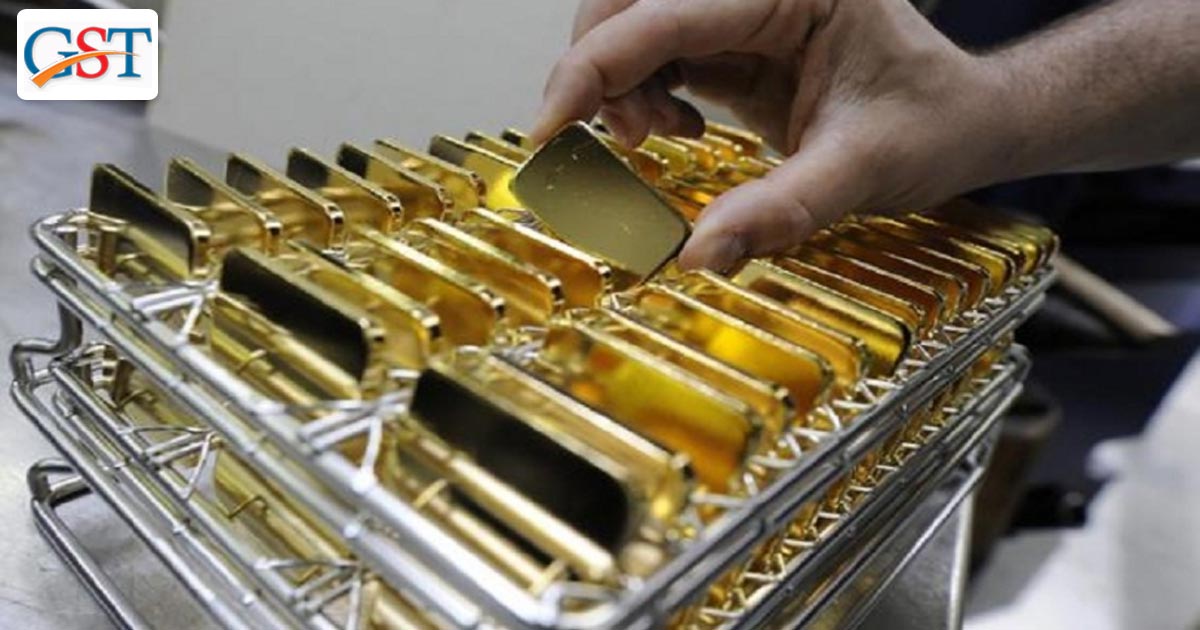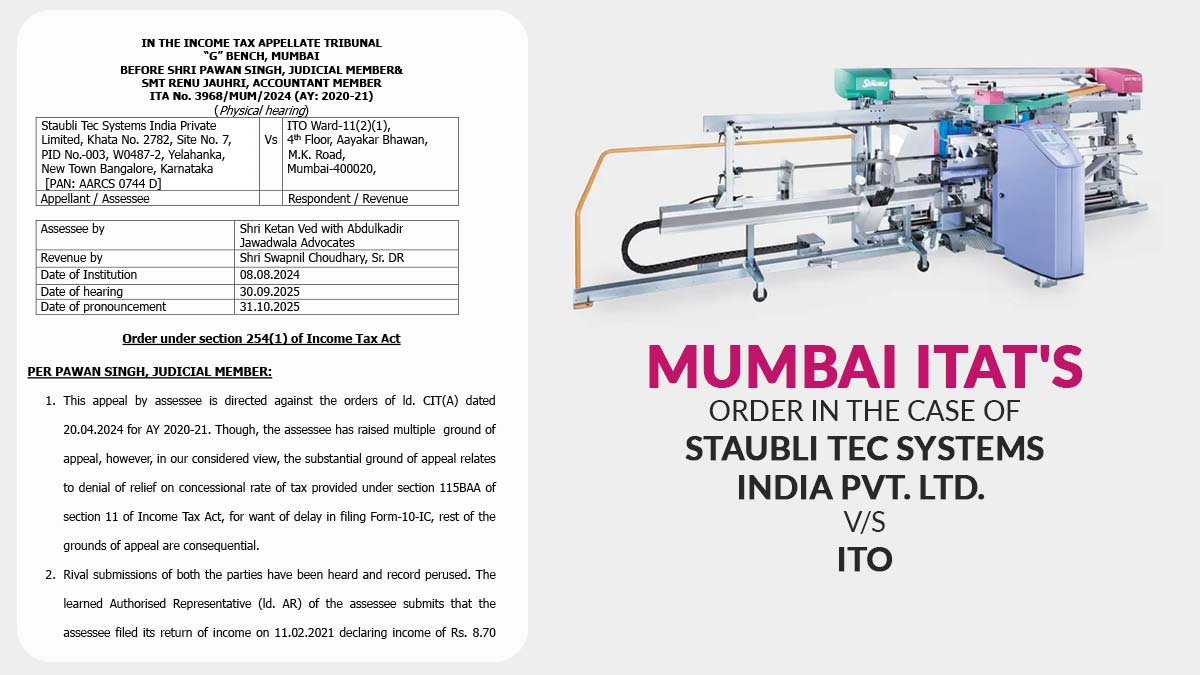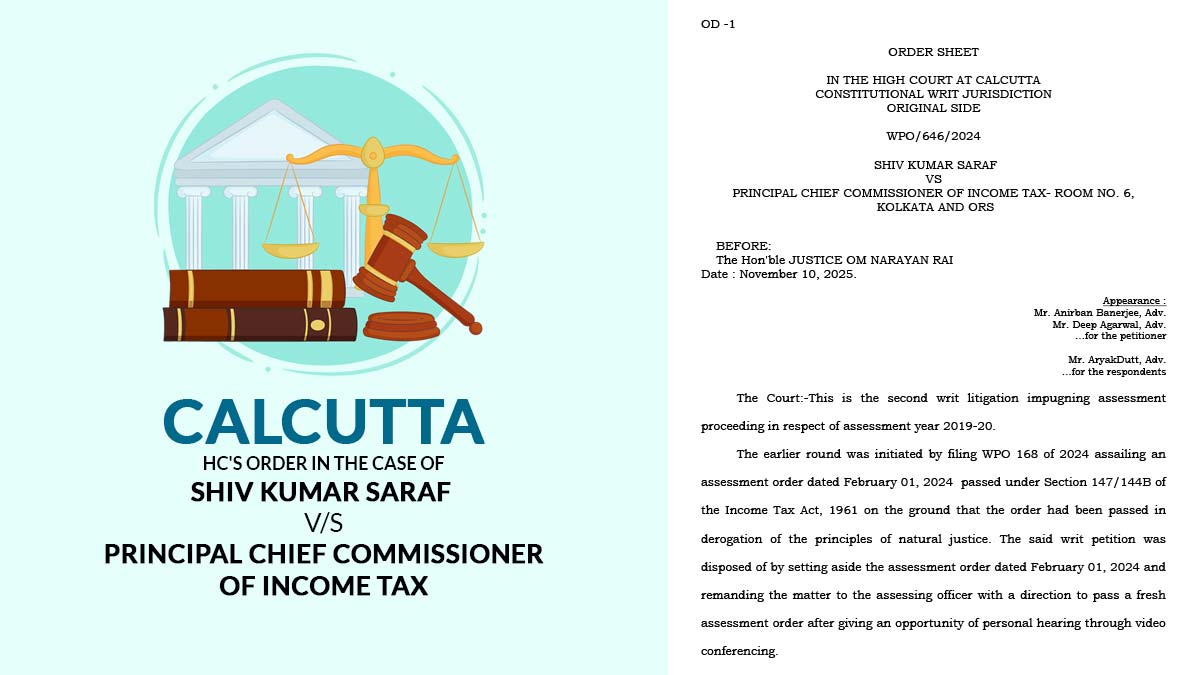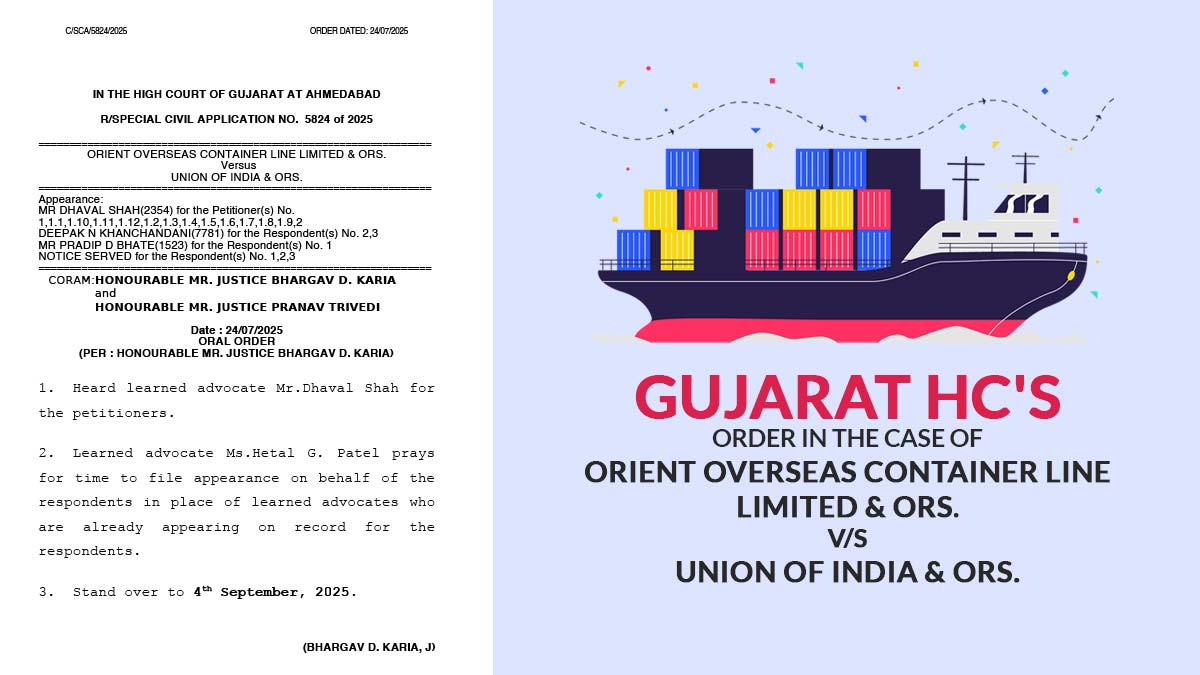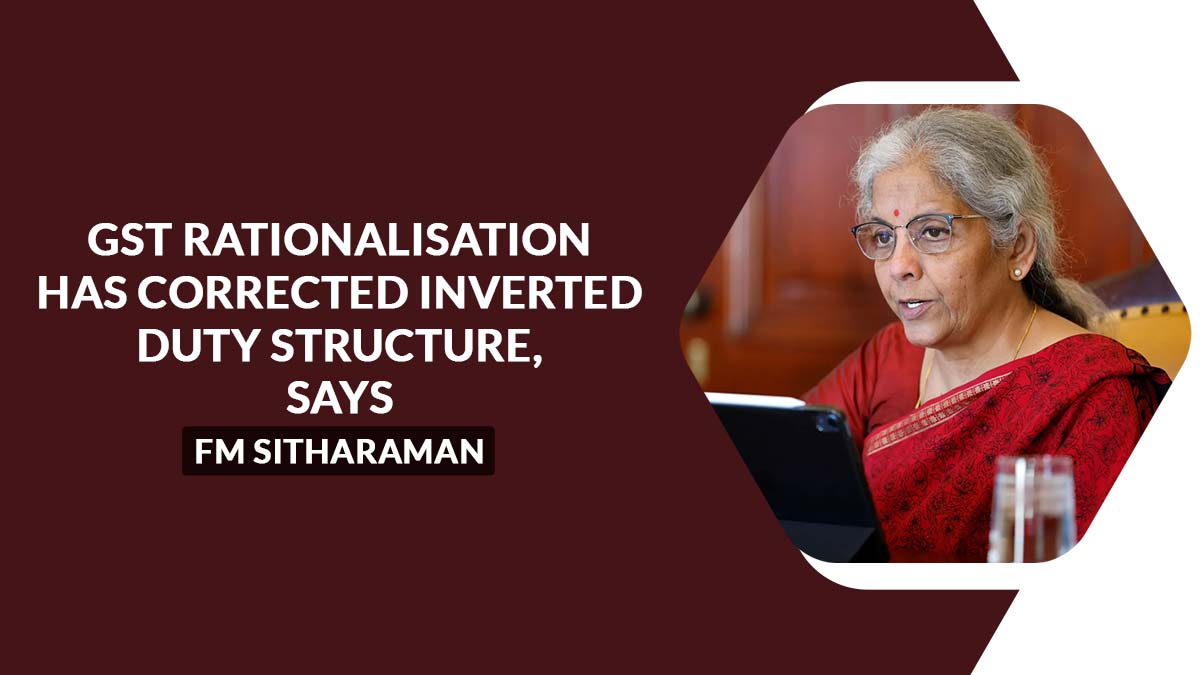The Government has notified that under the GST regime, the banks will have to pay a 3 percent tax, in the form of IGST, on the imports of gold and precious metals, which will be available to be claimed as input tax credit.
The Council answered the GST issues related to gems and jewellery via Frequently Asked Questions (FAQs). Under the previous tax regime, banks were not liable to pay any VAT on the imports of precious metals, said the Central Board of Excise and Customs (CBEC). Earlier, the banks were supposed to pay only the customs duty. However, under the new indirect tax regime, “3% Integrated-GST is payable on all imports of precious metals in addition to the basic customs duty. IGST paid can be claimed back as input tax credit by the banks,” explained CBEC.
It also added that on importing any gold or precious items, the IGST will be paid by the recipient banks and not by the overseas supplier who is the actual owner or supplier for the movements of gold and/or silver. “Ownership is not material for determining whether an import has taken place. Banks, being registered entities, would be liable to pay IGST on such imports but not the overseas entities since they are not affecting the import,” explained the board in its FAQs.
Before the implementation of GST, a 12.5 percent tax as the countervailing duty (CVD) was applicable on gems and jewellery items. However, it has now been replaced by GST. Therefore, banks will be liable to pay a 3 percent tax in the form of IGST on importing gold and jewellery items.
Read Also: What is IGST, SGST and CGST with Input Tax Credit Adjustment
The CBEC explained that on levy of GST if the total value of a gold ornament is Rs. 30,000, it also includes Rs 2,000 making charges. “GST is payable at the rate of 3% of the total transaction value of jewellery, whether the making charge is shown separately or not”, said CBEC.


